In 2023, the global server market generated US$108.06 billion, with projections to reach US$207.65 billion by 2029. This rapid growth underscores the importance of selecting the right server motherboards to meet the evolving demands of data-intensive applications and scalable infrastructure solutions.
Table of Contents:
– Server Motherboards Market Overview
– In-Depth Analysis of the Server Motherboards Market
– Key Trends and Customer Preferences
– Key Factors When Selecting Server Motherboards
– Emerging Trends in Server Motherboards
– Future-Proofing Your Server Infrastructure
– The Importance of Quality and Reliability in Server Motherboards
– Wrapping Up
Server Motherboards Market Overview
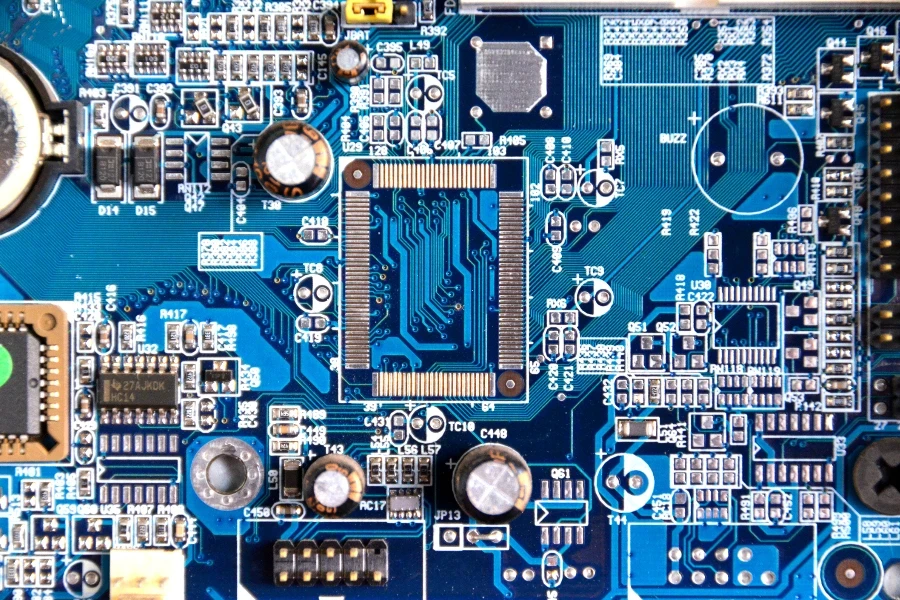
In 2023, the global server market generated revenue of US$108.06 billion, with projections indicating a rise to US$207.65 billion by 2029. This growth is driven by the increasing demand for high-performance and energy-efficient servers, which are critical for modern data centers. The market is influenced by the rapid adoption of data-intensive applications and the need for scalable infrastructure solutions.
The United States, China, and Europe are leading this market, collectively contributing a significant portion of global revenue. The United States is noted for its deployment of edge servers, driven by the proliferation of edge computing to reduce latency and enhance real-time data processing. Europe is focusing on sustainable and green server technologies to minimize the carbon footprint of data centers.
Key players in the market include Intel, AMD, NXP, and ST Microelectronics. They drive technological advancements and meet the diverse needs of enterprises and governments. The market’s growth reflects the global trend towards digital transformation and the increasing reliance on robust server infrastructure.
In-Depth Analysis of the Server Motherboards Market

Server motherboards are the backbone of server infrastructure, designed to handle intensive computing tasks. They support multiple processors, high memory capacities, and extensive I/O capabilities. Performance benchmarks for server motherboards include processor compatibility, memory bandwidth, and I/O throughput, which are critical for ensuring optimal server performance and reliability.
Market share dynamics reveal that Intel and AMD dominate the server motherboard market, with Intel holding a significant lead due to its extensive product portfolio and strong brand recognition. The global push for digitalization and the increasing adoption of cloud services are driving demand for advanced server motherboards. Seasonal demand patterns, particularly during fiscal year-end and major technology launches, significantly impact sales volumes.
Recent innovations in server motherboards include the integration of AI accelerators, enhanced security features, and support for next-generation memory technologies like DDR5. These advancements cater to the growing need for high-performance computing and data security in various industries. The product lifecycle stages of server motherboards are becoming shorter as rapid technological advancements necessitate frequent upgrades and replacements.
Key Trends and Customer Preferences

The server motherboard market is shifting towards energy-efficient and sustainable solutions, driven by stringent environmental regulations and the focus on reducing operational costs. Customers are prioritizing motherboards that offer seamless scalability and lower energy consumption, aligning with global trends towards green technology.
Distribution channel preferences indicate a balanced mix of online and offline sales, with enterprises and governments being the primary buyers. Digitalization is transforming the market, with e-commerce platforms playing a crucial role in reaching a wider audience and facilitating easier procurement processes.
Customer pain points include the high cost of advanced server motherboards and the complexity of integration with existing infrastructure. To address these issues, manufacturers are focusing on providing comprehensive support and ensuring compatibility with a wide range of server components. Differentiation strategies include offering customizable solutions and leveraging cutting-edge technologies to meet specific industry requirements.
Key Factors When Selecting Server Motherboards
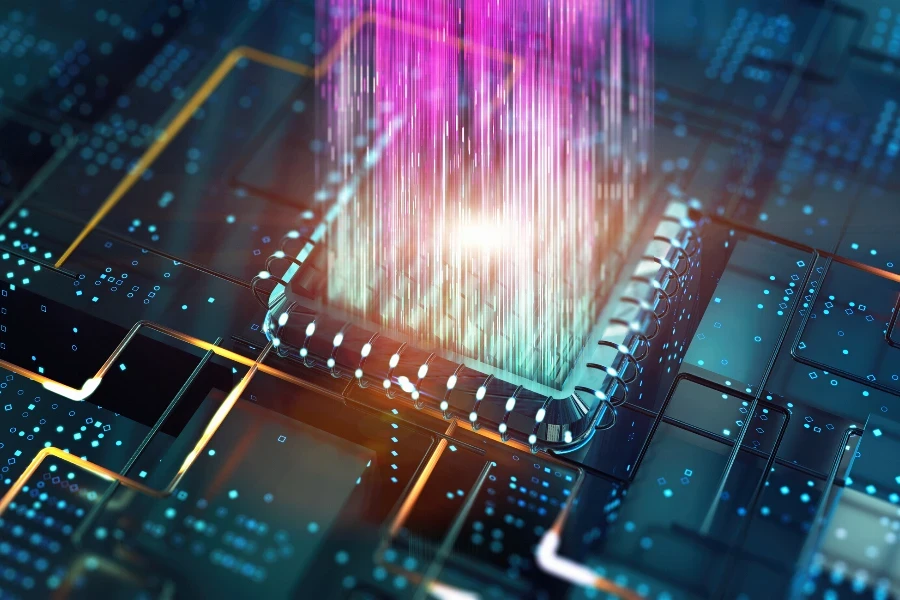
Choosing the right server motherboard is crucial for optimizing server performance, reliability, and scalability. Here are some key factors to consider:
Performance and Processor Compatibility
The performance of a server motherboard is significantly influenced by the processor it supports. Modern server motherboards are designed to accommodate high-performance CPUs, such as Intel Xeon and AMD EPYC processors. These processors offer multiple cores, high clock speeds, and robust thermal management features. Compatibility with the latest CPU architectures ensures the server can handle demanding workloads efficiently.
Ensure the motherboard supports the specific processor model you plan to use. For instance, Intel’s Xeon Scalable processors require motherboards with LGA 4189 sockets, while AMD’s EPYC processors use SP3 or SP5 sockets. Also, consider the motherboard’s chipset, as it determines the number of PCIe lanes, memory channels, and other critical features.
Memory Support and Expansion
Memory capacity and speed are vital for server performance, especially for applications requiring large datasets or high-speed processing. Server motherboards should support ample RAM slots for future upgrades. Look for motherboards that support DDR4 or DDR5 memory, with multiple DIMM slots for large memory configurations.
ECC (Error-Correcting Code) memory support enhances data integrity by detecting and correcting memory errors, which is essential for mission-critical applications and data centers. Consider the maximum supported memory capacity and the motherboard’s ability to support high-speed memory modules, such as those exceeding 3200 MHz.
Storage and Connectivity Options
Storage capabilities are essential for server motherboards, as they determine the server’s ability to handle large volumes of data and ensure fast access times. Modern server motherboards should support multiple storage interfaces, including SATA, SAS, and NVMe. NVMe (Non-Volatile Memory Express) drives offer significantly faster read and write speeds compared to traditional SATA SSDs, making them ideal for high-performance applications.
Consider the number of available M.2 slots for NVMe SSDs and the presence of onboard RAID controllers for data redundancy and performance optimization. Ensure the motherboard has sufficient PCIe slots for expansion cards, such as additional storage controllers, network interface cards (NICs), and GPUs.
Network Capabilities
Network connectivity is critical for server motherboards, especially for data centers and enterprise environments. High-speed networking capabilities, such as 10 Gigabit Ethernet (10GbE) or even 25/40/100GbE, are essential for handling large data transfers and minimizing latency.
Look for server motherboards with multiple NICs to provide redundancy and load balancing. Some motherboards also offer integrated Remote Management Modules (RMM) or support for IPMI (Intelligent Platform Management Interface), allowing for remote monitoring and management of the server.
Reliability and Durability
Reliability and durability are paramount, as servers often operate 24/7 under heavy loads. Choose motherboards from reputable manufacturers known for their quality and reliability. Features like solid capacitors, enhanced power delivery systems, and robust thermal management solutions contribute to the longevity and stability of the motherboard.
Certifications and compliance with industry standards, such as ISO 9001 for quality management and RoHS for environmental safety, are important indicators of a reliable product. Consider the warranty and support options offered by the manufacturer, as these can provide peace of mind and assistance in case of hardware failures.
Emerging Trends in Server Motherboards
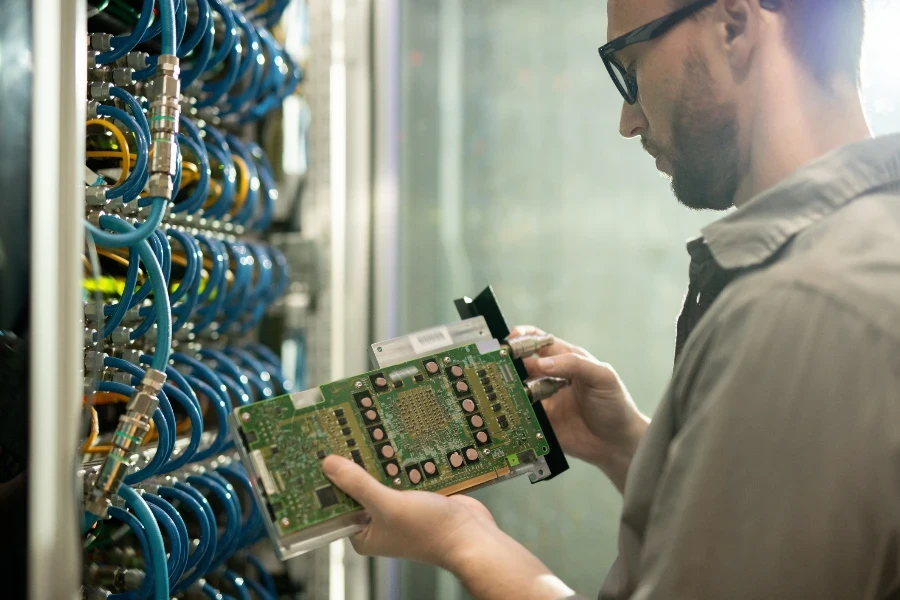
Integration of AI and Machine Learning Capabilities
As artificial intelligence (AI) and machine learning (ML) applications become more prevalent, server motherboards are increasingly incorporating features to support these workloads. Modern server motherboards are designed to accommodate GPUs and specialized AI accelerators, such as NVIDIA’s Tensor Cores or Google’s Tensor Processing Units (TPUs), which significantly enhance AI processing capabilities.
Motherboards with multiple PCIe slots and support for high-bandwidth interconnects, such as NVLink, are essential for building AI and ML servers. Additionally, motherboards that offer robust power delivery and cooling solutions are crucial for maintaining the performance and longevity of these high-power components.
Enhanced Security Features
Security is a top priority for server infrastructure, and modern server motherboards are incorporating advanced security features to protect data and prevent unauthorized access. Features such as Trusted Platform Modules (TPMs), Secure Boot, and hardware-based encryption support are becoming standard in server motherboards.
TPMs provide a secure hardware foundation for cryptographic operations, while Secure Boot ensures that only trusted software is executed during the boot process. Hardware-based encryption, such as Intel’s AES-NI or AMD’s SEV (Secure Encrypted Virtualization), enhances data protection by offloading encryption tasks to dedicated hardware.
Energy Efficiency and Sustainability
Energy efficiency is a growing concern in data centers, as it directly impacts operational costs and environmental sustainability. Server motherboards are adopting energy-efficient designs and components to reduce power consumption and thermal output. Features such as dynamic voltage and frequency scaling (DVFS), efficient power delivery systems, and advanced cooling solutions contribute to energy-efficient operation.
Motherboards designed with sustainability in mind often comply with environmental standards such as ENERGY STAR and the European Union’s Eco-Design Directive. These standards ensure that the products meet stringent energy efficiency and environmental impact criteria.
Future-Proofing Your Server Infrastructure
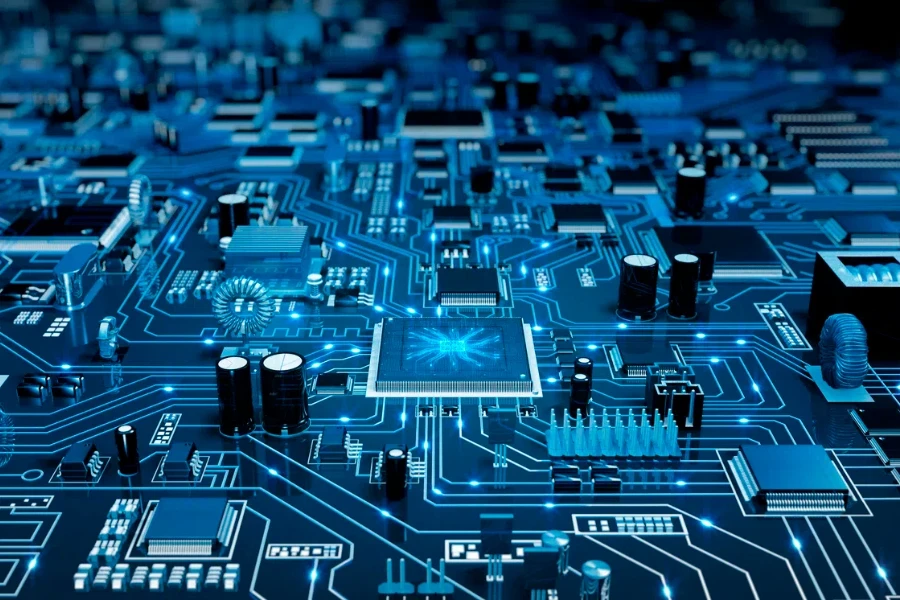
Scalability and Upgrade Potential
Future-proofing your server infrastructure involves selecting motherboards that offer scalability and upgrade potential. Look for motherboards with ample expansion slots, multiple memory channels, and support for the latest storage and networking technologies. This ensures that your server can adapt to evolving workloads and technological advancements.
Consider motherboards that support multi-processor configurations, allowing for additional CPUs to be added as performance demands increase. Additionally, motherboards with modular designs, such as those supporting hot-swappable components, provide flexibility and ease of maintenance.
Compatibility with Emerging Technologies
Staying ahead of technological advancements requires server motherboards that are compatible with emerging technologies. For instance, the adoption of PCIe 5.0, which offers double the bandwidth of PCIe 4.0, is expected to become more widespread in the coming years. Motherboards that support PCIe 5.0 will be better equipped to handle future high-performance components.
Similarly, support for next-generation memory technologies, such as DDR5, and storage interfaces, such as NVMe 2.0, ensures that your server infrastructure remains competitive and capable of leveraging the latest advancements.
Robust Management and Monitoring Tools
Efficient server management and monitoring tools are essential for maintaining optimal performance and minimizing downtime. Modern server motherboards often come with integrated management interfaces, such as IPMI or proprietary solutions like Dell’s iDRAC or HPE’s iLO.
These tools provide remote access to the server, allowing administrators to monitor system health, perform diagnostics, and manage firmware updates. Look for motherboards that offer comprehensive management features, including real-time monitoring, automated alerts, and support for integration with existing IT management systems.
The Importance of Quality and Reliability in Server Motherboards
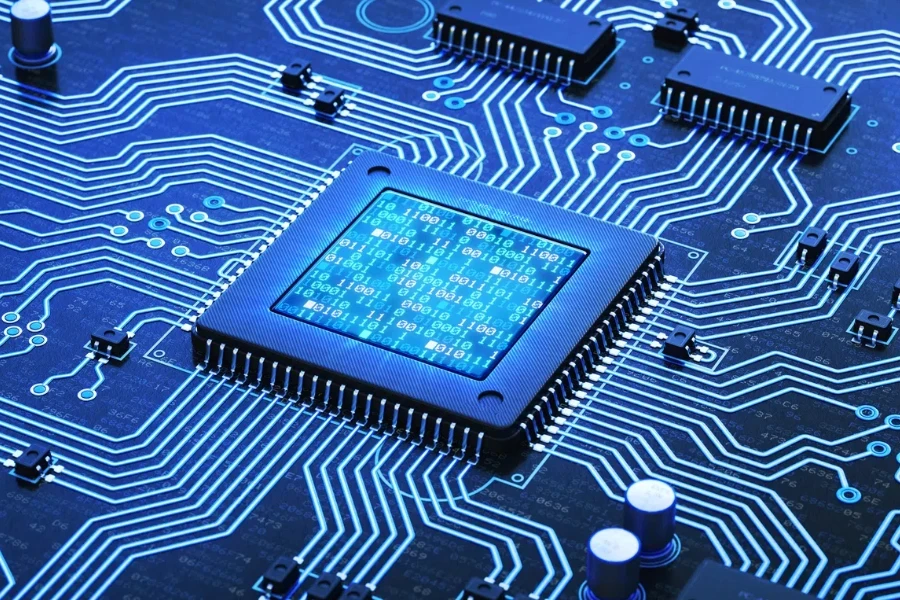
Build Quality and Materials
The build quality and materials used in server motherboards directly impact their durability and reliability. High-quality motherboards use premium components, such as solid capacitors, ferrite core chokes, and robust power delivery systems, to ensure stable operation under heavy loads.
Motherboards with reinforced PCIe slots and DIMM slots provide additional durability, reducing the risk of damage during installation or maintenance. Additionally, motherboards with high-quality PCB (Printed Circuit Board) designs, featuring multiple layers and advanced manufacturing processes, offer improved signal integrity and thermal performance.
Certifications and Industry Standards
Certifications and compliance with industry standards are important indicators of a reliable and high-quality product. Look for server motherboards that are certified by organizations such as UL (Underwriters Laboratories), TUV (Technischer Überwachungsverein), and CE (Conformité Européenne). These certifications ensure that the motherboards meet stringent safety, performance, and environmental standards.
Compliance with industry standards, such as ISO 9001 for quality management and ISO 14001 for environmental management, further demonstrates the manufacturer’s commitment to producing reliable and sustainable products.
Manufacturer Support and Warranty
The level of support and warranty offered by the manufacturer is a critical consideration when selecting server motherboards. Reputable manufacturers provide comprehensive support services, including technical assistance, firmware updates, and RMA (Return Merchandise Authorization) processes.
Look for motherboards that come with extended warranties, typically ranging from 3 to 5 years, to ensure long-term reliability and peace of mind. Additionally, consider the availability of local support centers and the manufacturer’s reputation for customer service.
Wrapping Up
In summary, selecting the right server motherboard involves careful consideration of performance, compatibility, reliability, and future-proofing capabilities. By prioritizing these factors, you can ensure that your server infrastructure meets current demands and adapts to future technological advancements.



